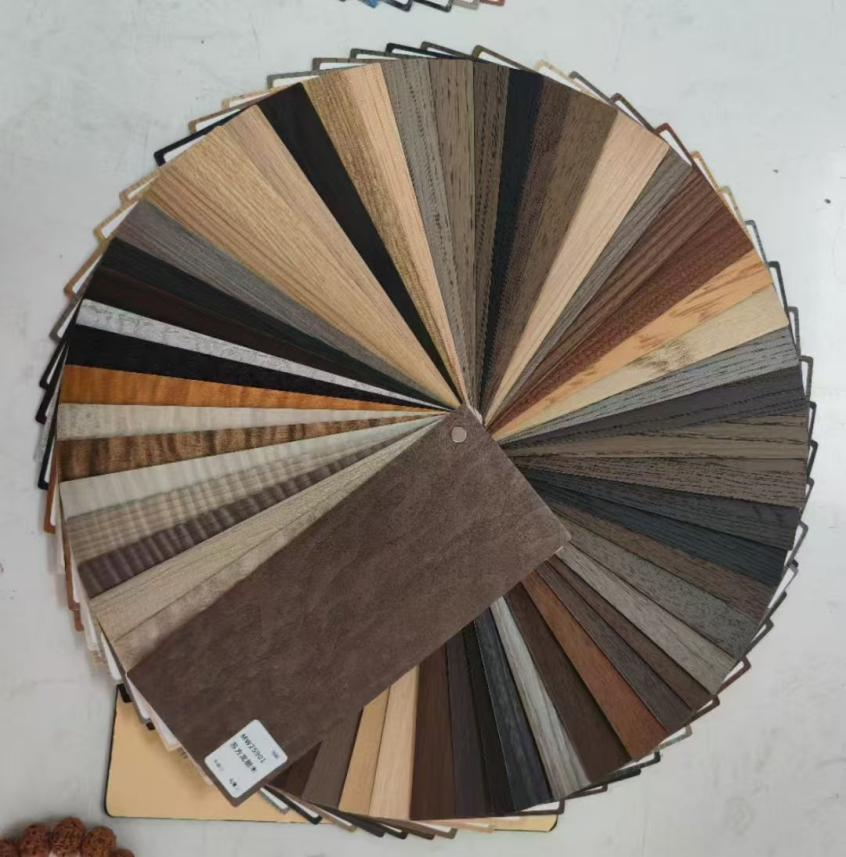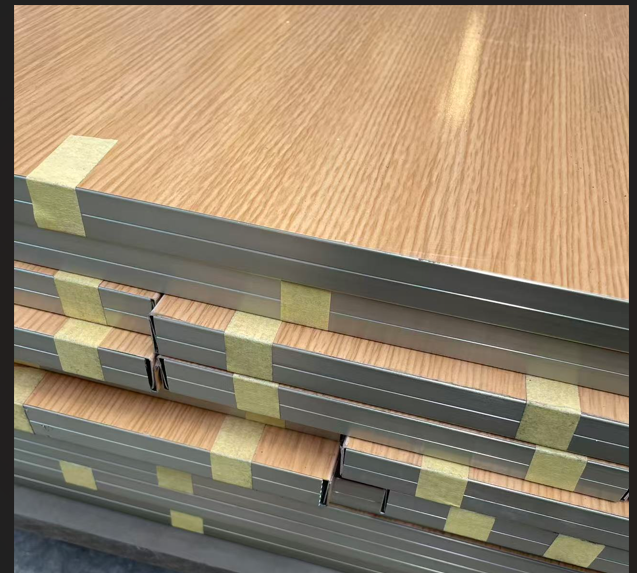Surface Decoration of Stainless Steel Doors: Analysis of the Feasibility of Wood Grain Film Application
2025-10-24
I. Compatibility of Wood Grain Film with Stainless Steel Doors:

1. Flat stainless steel doors are fully compatible with wood grain film decoration, effectively simulating the visual effect of solid wood
2. Stainless steel doors with embossed or relief patterns have uneven surfaces and are
not recommended for the film application method
3. The inert surface of 304 grade stainless steel is more conducive to the long-term adhesion of the film.

II. Professional Construction Process:
1. Base Surface Treatment Stage:
- Use isopropyl alcohol to thoroughly clean the surface of the door
- Sand the scratched areas with 400-grit sandpaper
- Perform electrostatic dust removal to ensure a clean construction surface
2. Film Lamination Construction Stage:
- Use the wet-lamination method, diluting the special backing adhesive at
a 1:1 ratio
- Use a scraper to remove air bubbles at a 45-degree angle
- Reserve 5mm of edge trimming allowance
3. Post-Treatment Stage:
- Avoid contact with water vapor within 72 hours
- Use a hot air gun to shape the edges
III. Quality Assurance Key Points
1. Environmental Control: The construction temperature should be maintained within the range of 15-30℃
2. Material Selection: It is recommended to use PVC base material with a thickness of ≥0.3mm for film lamination
3. Lifespan Maintenance: Use the dedicated maintenance agent quarterly for surface care
4. Emergency Handling: When there is a peeling edge, promptly use cyanoacrylate glue for repair
III. Technical and Economic Comparison Analysis
Compared to the solid wood covering process, the film lamination solution can save 60% of costs and shorten the construction period by 80%. Laboratory tests show that high-quality film lamination can maintain its color for over 5 years in outdoor environments and has an ultraviolet resistance level of 8 standard grades.
V. Common Problem Solutions
1. Bubble Handling: Use needle puncture to exhaust air and inject repair liquid
2. Joint Handling: Use the same color filler adhesive for beautification
3. Aging Replacement: Use a hot air gun to soften the adhesive layer and then completely peel off.



